History
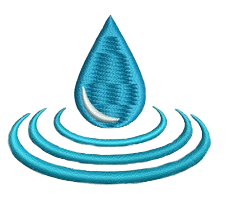
PARIS UTILITY DISTRICT WATER HISTORY
Prior to 1909 water for the village of South Paris was furnished through a pipe system owned and operated by Norway Water Company. In March of 1909 under Chapter 140 of the Private and Special Laws, the South Paris Village Corporation was granted a charter to take over the system of the Norway Water Company for the inhabitants in the Town of Paris. During this time period the Hooper Ledge reservoir was constructed, along with other improvements. At this time Paris Hill had its own separate system which came from a number of springs in the area and was stored in a 30,000-gallon cistern. The Paris Hill system was run by the Paris Hill Corporation.
In 1936, the Corporation decided to try a new type of well construction, of a so-called gravel packed well, as the new source of water. During the years of 1937 thru 1962 the water company installed four gravel packed wells. These wells furnished the customers with good, pure water for several years.
In the spring of 1965, the following improvements were made to the water system, the installation of two additional wells located off High Street, the addition of a 16” water main from the new wells to a 12” water main on Western Ave. The installation of a 12” transmission main from Clark Hill to Main street. The capacity of Clark Hill reservoir was increased. The reason for the major improvements were do the increased water demand from the AC Lawrence Tannery and the Burnham & Morrill canning plant.
On February 15, 1967 an Emergency Act was presented to the State Legislature to Create the Paris Utility District, for Water and Sewer, in the Town of Paris. The bill passed the Legislature, was signed by the governor and a Special Town Meeting was held and the voters of Paris approved the formation of the Paris Utility District.
In the early 1970’s work was completed on Paris Hill with the construction of the Standpipe, along with new water mains. The Standpipe consists of 200,000 gallons of water. The coating system of interior and exterior of the tank was replaced in 2005.
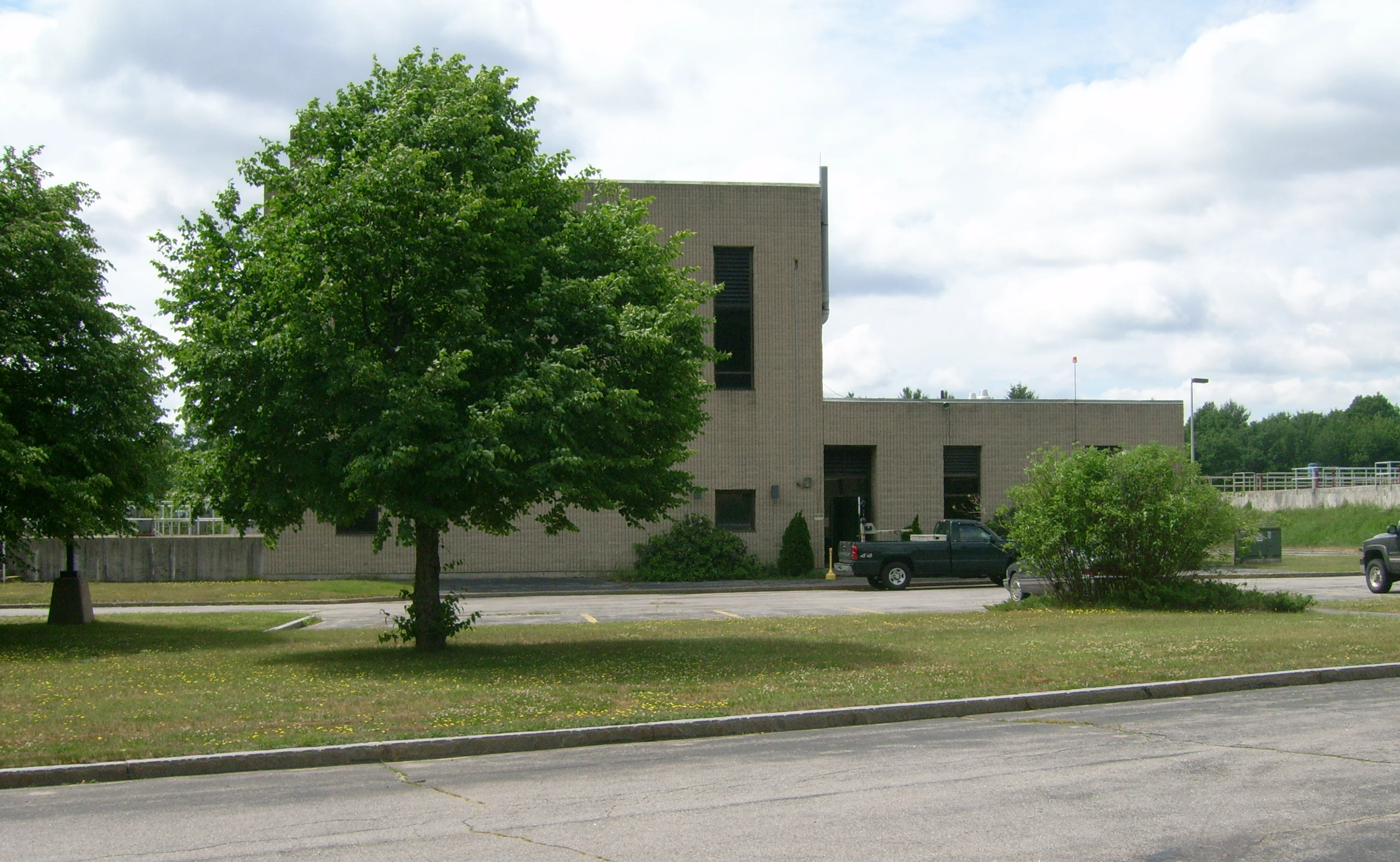
In 1985, the District finished a Water Main Replacement Project. The project consisted of main replacement on Main Street, Western Ave., Shurtleff Ave., and Chipman Street. The project consisted of 8,846 feet of 12” ductile pipe, 295 feet of 10” ductile pipe, 114 feet of 8” ductile pipe, and 1,424 feet of 6” ductile pipe and also replaced 12 hydrants and added 2 new hydrants, and replaced 116 existing services.
In 1992, the District replaced 650 feet of 2” water main on Barrow’s Street with 6” Ductile, funded jointly by a Town Community Development Block Grant and the Paris Utility District’s resources. In 1994 the District replaced 1500 feet of 2” galvanized water main on the Christian Ridge Road and Mt. Mica Road with 6” ductile pipe. This work was performed by the District thereby significantly reducing the cost associated with a project of this type and did not involve incurring any additional debt. In June 1994, the voters of Paris overwhelmingly approved the “Town of Paris Wellhead Protection Ordinance”, which is still in effect as of today, this ordinance allows the District to better ensure safe drinking water for many years to come.
The corrosion control facility was constructed during 1998 and 1999. The design treatment capacity is approximately 1,200 gallons per minute with both wells and finished water pumps in operation. The treatment consists of aeration to remove dissolved carbon dioxide to increase the pH for lead and copper corrosion in the distribution system and to reduce the concentration of dissolved radon gas in the raw water.
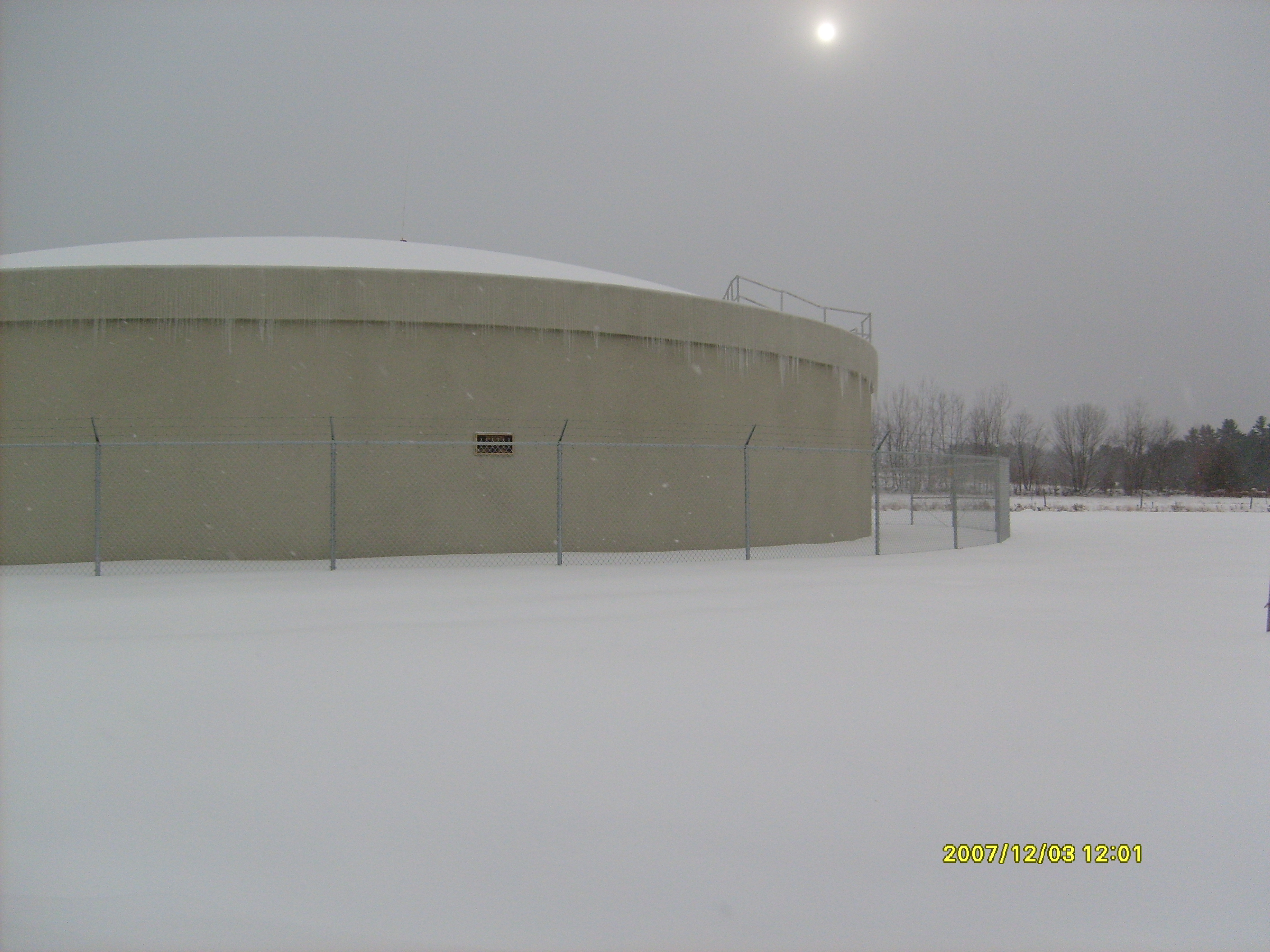
In 2003, the District along with the Town of Paris installed 6,300 feet of new 12” water main along the Route 26 corridor. This economic development project was funded with help from the Economic Development Infrastructure Grant thru the Community Block Grant Program, from the State of Maine Department of Economic and Community Development.
In November 2005, the District installed a sodium hypochlorite feed system at the corrosion facility, due to a Mandatory Chlorination Order from the Maine Drinking Water program, due to detection of total and E. coli bacteria in the service area of the water distribution system. As a result of the Chlorination Order the District decided to decommission the Clark Hill Reservoir and construct a new 800,000-gallon tank. The Clark Hill reservoir was a least 100 years old and was most likely the source of the coliform bacteria. The new Clark Hill Reservoir was constructed in 2007. It is a pre-stressed concrete structure.
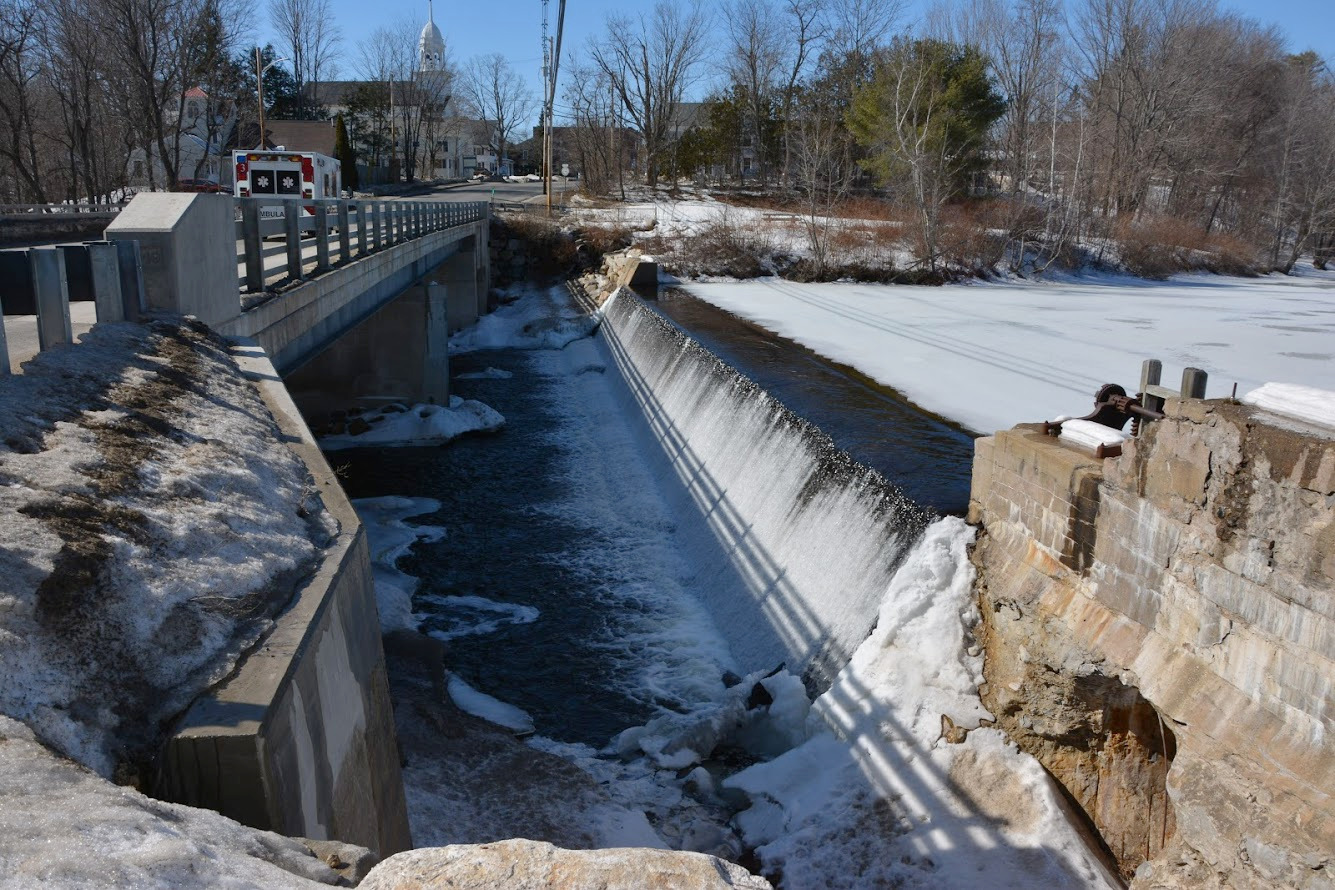
In 2016, the District started the Billings Bridge project. As part of a larger project by the Maine Department of Transportation who was replacing the Billings Bridge which spans over the Little Androscoggin River. The District replaced the 100-year-old 8” water main that failed several years ago and remained completed isolated from the system with closed valves on either side of the bridge. In 2019, the District replaced the 100-year-old 8” water main with 12” insulated ductile pipe across the river and restored the water main to full capacity.
The District granted a ninety-nine-year Conservation Easement to the Town of Paris for the property located at 1 Paris Hill Road. The purpose of the easement is so the Town of Paris can use the land for recreational purposes.
In 2017 the Paris Utility District retained Wright-Pierce to create a water system master plan. The water system master plan is intended to integrate all the on-going efforts in the water system to coordinate planning and utility management and growth. The planning period for the study will be extending thru the year 2033.
Currently the Paris Utility District water distribution system consists of 27 miles of water main, 145 fire hydrants and three active storage facilities; Hooper Ledge reservoir, Paris Hill standpipe, and Clark Hill reservoir for a total of 1.5 million gallons of storage.
| |

PARIS UTILTY DISTRICT SEWER HISTORY
The first sewer or drainage system in the Town of Paris was built in 1910. The construction of the sewer was in the South Paris Village, the work was carried out over a period of five years. This work provided the main outfall at the time by way of a 15-inch line from Market Square to the river at a point near the Billings Bridge, with an intercepting line up along Main Street and shorter spurs on Pine Street, and High Street.
In 1940, it was voted by the Village Corporation to take over from the Town of Paris sewers that were already built within the village corporation limits, the Town of Paris was granted the privilege of maintaining the surface-water catch basins. This year marked the beginning of Village Corporation owned and operated sewers in the Town of Paris. In this year the so called “Middle Western Section” was built, this consisted of a main outfall located in the rear of the High School Lot (Pine Street) and runs from there to the bend in Pine Street, behind Ripley and Fletcher to Skillings Ave., to Western Ave. as far as the County Buildings. The Middle Western Section marks the last year in which it was possible to dump raw sewage into the river as measures were passed in the State Legislature making it mandatory that some sort of treatment plant must be provided in all future construction.
In 1947, the “Western or Oxford Park” section was constructed which included Alpine Street past the Philip Welch garage (DHHS Building) where it picks up the Main Street line from Goodwin Creamery (Dollar Store) and proceeds through the Fairgrounds (SAD #17) to the treatment plant (Imhoff tank) down over the bank and thence by an open trench to the river.
As the community grew over the years, to alleviate flooding problems the Town of Paris constructed catch basins connected to the small sewer system. During this time the sewage and storm water discharged into the Little Androscoggin River through three pipes, and only one of these outlets provided partial treatment; the remaining two pipes emitted raw sewage directly into the River. AC Lawrence Leather Co., and AL Stewart & Sons Co., also added to the pollution of the Little Androscoggin River. Both firms did provide partial treatment through lagoons before discharging their wastes into the river.
Although planning for a new sewerage system began in the early 1960’s, it was not until 1970 that a firm from Boston, Massachusetts was engaged to finalize engineering plans, which included a unique design to include the treatment for combined municipal sewage, and industrial wastes from AC Lawrence and AL Stewart & Sons Co. It was the first in the country to provide secondary treatment for tannery, cannery, and domestic wastes at the same facility.
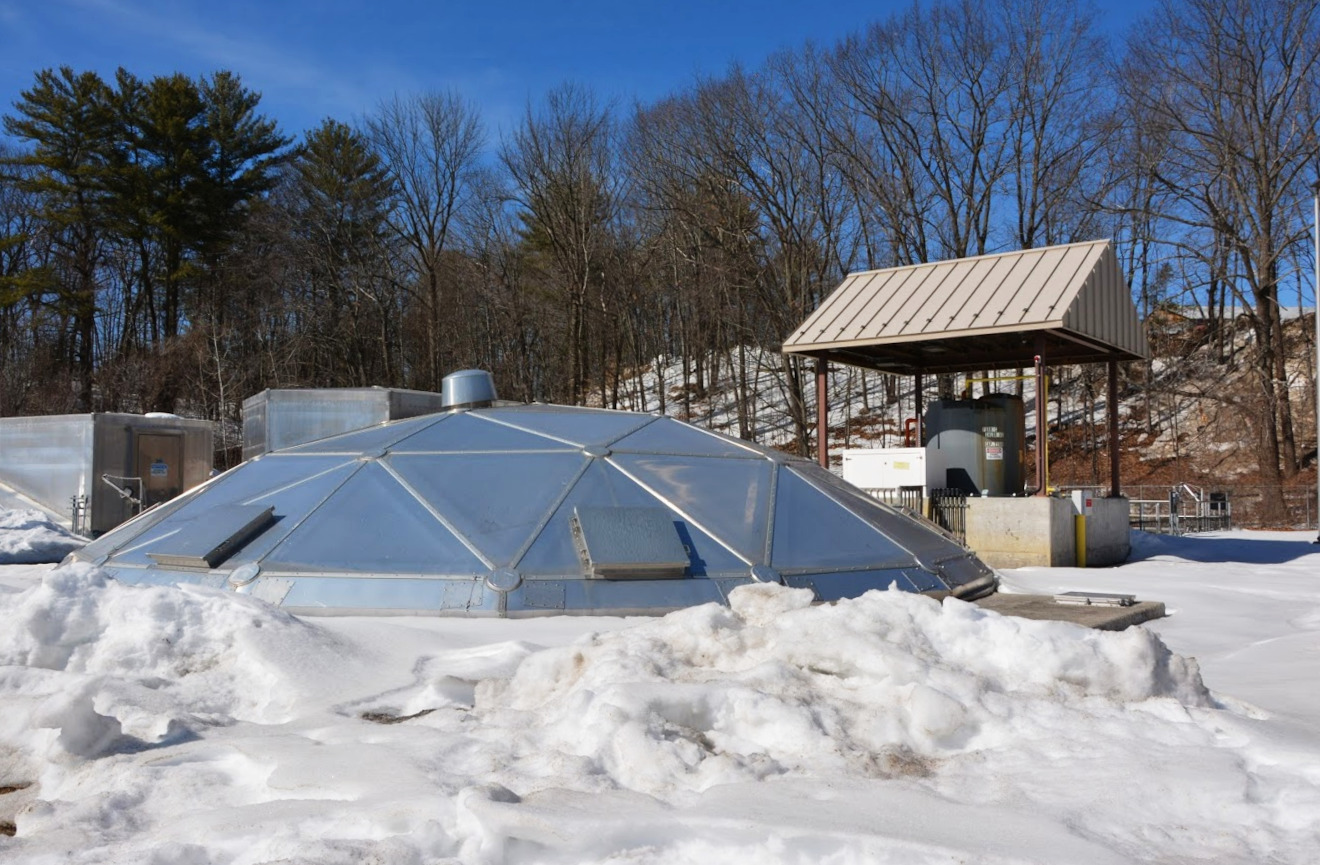
In 1973, after eleven years of planning and negotiating the District signed contracts to be awarded to Cianbro Corporation for the construction of a wastewater treatment facility and interceptor sewers. These sewers intercept the existing pipe discharges to the Little Androscoggin River and convey the wastewater to the treatment facility. The existing sewerage system was also extended into the Hill Street, Park Street and High Street areas. The plant went on line in 1975.
In 1975, the District awarded an additional sewer construction contract for further extensions of the sewer system into priority areas including Shurtleff Ave., High Street, Paris Hill Road, Buckfield Road, East Oxford Road, Mountain View Drive, Boulder Ave, and Oxford Street.
In the late 1970’s the District received an EDA grant to help fund the construction of a sewer system on Paris Hill. The construction consisted of sewer lines on Lincoln Street, Tremont Street, and Hannibal Hamlin Drive, along with a small pump station, this work deemed necessary due to that most homes were at present time emptying raw, untreated sewage into fields and other areas not far from the settled areas of Paris Hill.
The cannery and tannery closed in 1983 and 1985, respectively. Leaving the District with the debt service for an oversized treatment facility for the current flow. Also in the 1980's, the District did many road reconstruction projects removing the majority of catch basins in the Town of Paris, and the State of Maine catch basins and thus storm water flow was reduced at the treatment facility.
The District in the 1990’s extended the sewer main 4,500 feet along High Street and added a new pump station. This project was made possible by a Jobs Bond Grant and agreement between the Town and District to share in the annual debt service payments until the Western Maine Veterans Home became fully occupied and operational.
In replacement of the Stoney Brook Bridge mandated by the Maine Department of Environmental Protection, the District needed to install a pump station, and change the sewer main to be located on the Bridge.
In 1992, the District replaced 260 feet of sewer main on Barrow’s Street, funded jointly by a Town Community Development Block Grant and the Paris Utility District’s resources.
In 1995, the Paris Utility District reached a settlement with the Attorney General’s office and the State of Maine Department of Environmental Protection regarding the closing of the sludge site on Oxford Street. The closing of the sludge site was financed by a 75% grant from the State of Maine, and a 25% contribution from an escrow account established by AC Lawrence in 1985 and the District continues to monitor the site.
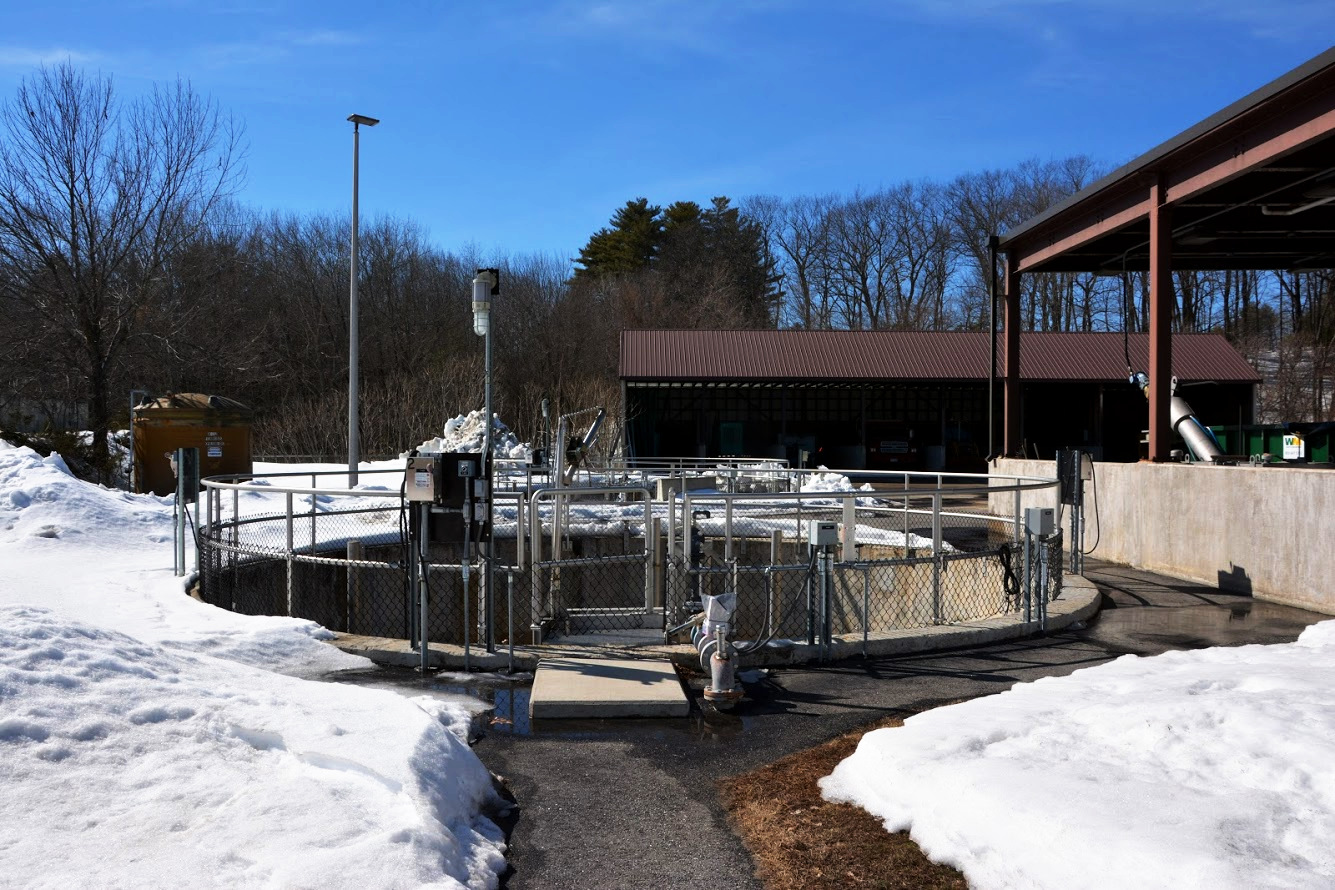
In the early 2000's, the District began the operation of composting our treatment facility sludge. The District continued to compost the sludge for 10 years, until it became unfeasible for the District to continue as the rules and regulations became hard to meet.
In 2003, the District along with the Town of Paris installed 2,100 feet of new 8” sewer main, 3,000 feet of new 12” sewer main, 240 feet of new 6” force main, and a new submersible pump station along the Route 26 corridor. This economic development project was funded with help from the Economic Development Infrastructure Grant thru the Community Block Grant Program, from the State of Maine Department of Economic and Community Development
Starting in 2004, the District retained the engineering firm Woodard & Curran to assist the District with a Wastewater Treatment Facility Plan to determine the best options for updating the 30-year-old treatment facility. The upgrade would need to replace old worn-out equipment, reduce operating costs, address reduced industrial flows, and meet more stringent discharge limits to the Little Androscoggin River. After a two-year period of looking over numerous options, the best option was to use the industrial portion of the plant for a new activated secondary treatment plant. The upgrades were separated into phases that focused on every aspect of wastewater collection and treatment facilities.
In 2006, Phase I of the Wastewater Treatment Facility was completed. The Phase I upgrades included a new influent bar screen, screening, wash press, screening conveyor, aerated grit tank upgrades, grit blowers, grit removal system, and a new control room in the Headworks Building.
In 2009, Phase II of the Wastewater Treatment Facility was completed. The Phase II upgrades consisted of converting the existing Industrial Treatment System into a new Activated Sludge Treatment System. The existing Wastewater Treatment Facility was re-used to the facilities greatest possible extent to maximize the utilization of available facilities with additional life and save cost in construction. Some of the major components in the upgrade included; new influent pumping system, new aeration system with coarse bubble diffusers, new storm water holding tanks, new sludge dewatering system with a screw press, and a new control system with SCADA. In 2011, the final phase of the project was finished with replacing an old 8” sewer main, and manholes on Gary Street. Also included was the upgrading of the Park Street Pump Station.
In 2016, the District was charged by the Maine Department of Environmental Protection to complete a Master Plan to address the Combined Sewer Overflow Long Term Control Plan by December 2017. The Town of Paris in response to this letter, voted on October 24th to move ahead on their effort to remove 22 catch basins that were connected to the sewer collection system. The work was completed in 2018.
In December of 2018, the District hired Dirigo Engineering to assist in the Sanitary Sewer Evaluation Study, the study was completed in January of 2018. The Study gave the District the necessary tasks and improvements that were needed to allow the District to continue its efforts in eliminating storm water from entering the collection system, along with capital improvements for the collection system.
In 2016, the District started the Billings Bridge project. As part of a larger project by the Maine Department of Transportation who was replacing the Billings Bridge which spans over the Little Androscoggin River. The District replaced 200 feet of sewer main, and 150 feet of sewer main on the bridge.
At present time, the sewer system consists of a wastewater treatment plant that is licensed to discharge a monthly average flow of up to .065 MGD of secondary treated wastewater to the Little Androscoggin River. The plant has primary and secondary treatment, in which the secondary treatment is extended aeration. The plant produces an average of 600 cubic yards of sludge per year. The sludge is transported to a solid waste landfill.
The collection system has approximately 20 miles of gravity sanitary sewer mains. The sewer mains consist of Asbestos cement, vitrified clay, PVC/ HDPE and reinforced concrete. In those 20 miles of gravity sewer, approximately 5,000 feet are considered interceptor lines which are larger in diameter. The sewer main sizes in the system range from 6” to 30”. The majority of the sewer mains are 8” in diameter. The District also maintains 349 manholes, which are a mix of newer pre-cast concrete manholes and old brick manholes. The District's system also maintains 7 pump stations and force mains.

